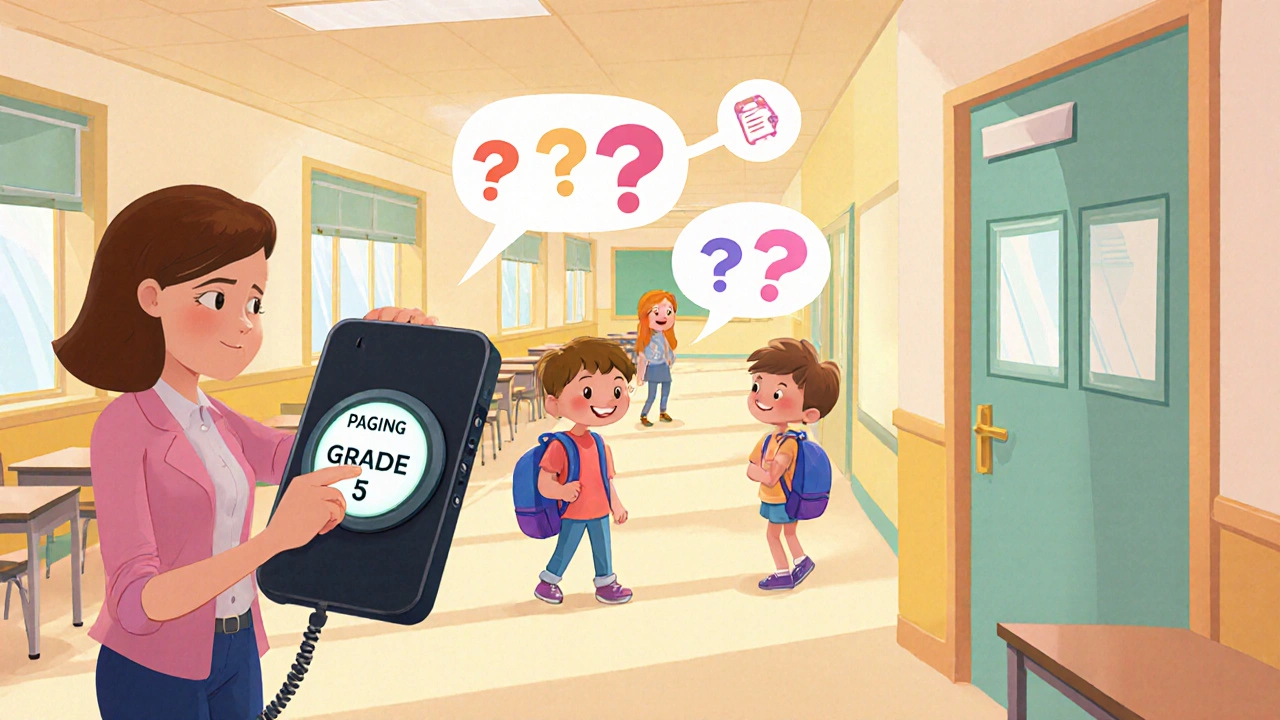School Communication System: VoIP Solutions for Smarter Classrooms and Admin
When you think of a school communication system, a network of tools that connects teachers, staff, students, and parents through voice, messaging, and alerts. Also known as educational telephony, it's no longer just about landlines and intercoms—it's about smart, internet-based tools that keep everyone informed, safe, and connected. Schools today need more than a single phone line. They need a system that can ring every classroom during an emergency, route parent calls automatically after hours, track how often staff are contacted, and even send alerts over overhead speakers without extra hardware.
A modern SIP paging adapter, a device that turns VoIP networks into public address systems lets schools broadcast messages over existing speakers, replacing outdated analog systems. Meanwhile, a virtual receptionist, an automated call handler that routes calls based on time, caller ID, or keyword ensures no parent call goes unanswered at 7:30 a.m. or 6 p.m. These aren’t fancy extras—they’re essentials. Schools using VoIP report 40% fewer missed calls, faster emergency responses, and lower monthly bills because they’ve cut landline contracts entirely. And with call tracking for education, the ability to log who called, when, and why—for attendance, counseling, or parent outreach, administrators can spot patterns: Is a student’s family calling every Monday? Is the front office getting flooded after report cards go out? That data turns reactive calls into proactive support.
It’s not about replacing people with machines. It’s about giving staff more time to do what matters—teaching, helping, listening. A teacher shouldn’t have to run to the office to check if a parent called. A principal shouldn’t waste hours manually logging every call. And no school should pay for two phone systems: one for calls, one for alerts. The best school communication system does both, simply and securely. Below, you’ll find real guides on setting up SIP paging for hallways, configuring auto-attendants for busy front desks, using call tagging to track parent concerns, and choosing headsets that work across classrooms and Zoom meetings. These aren’t theory pieces. They’re the exact steps schools have used to fix broken phone systems without breaking the budget.
